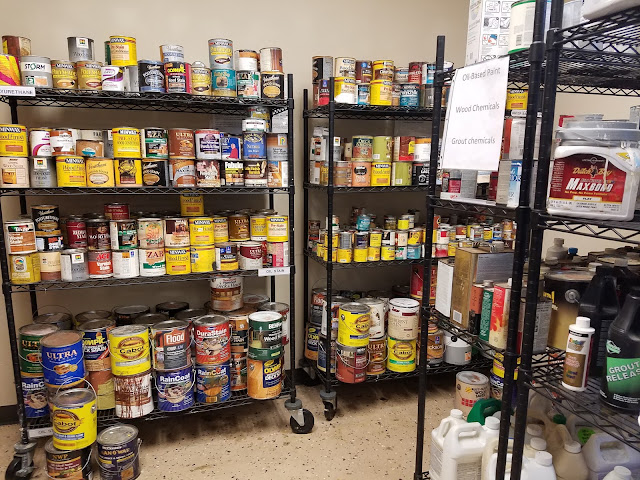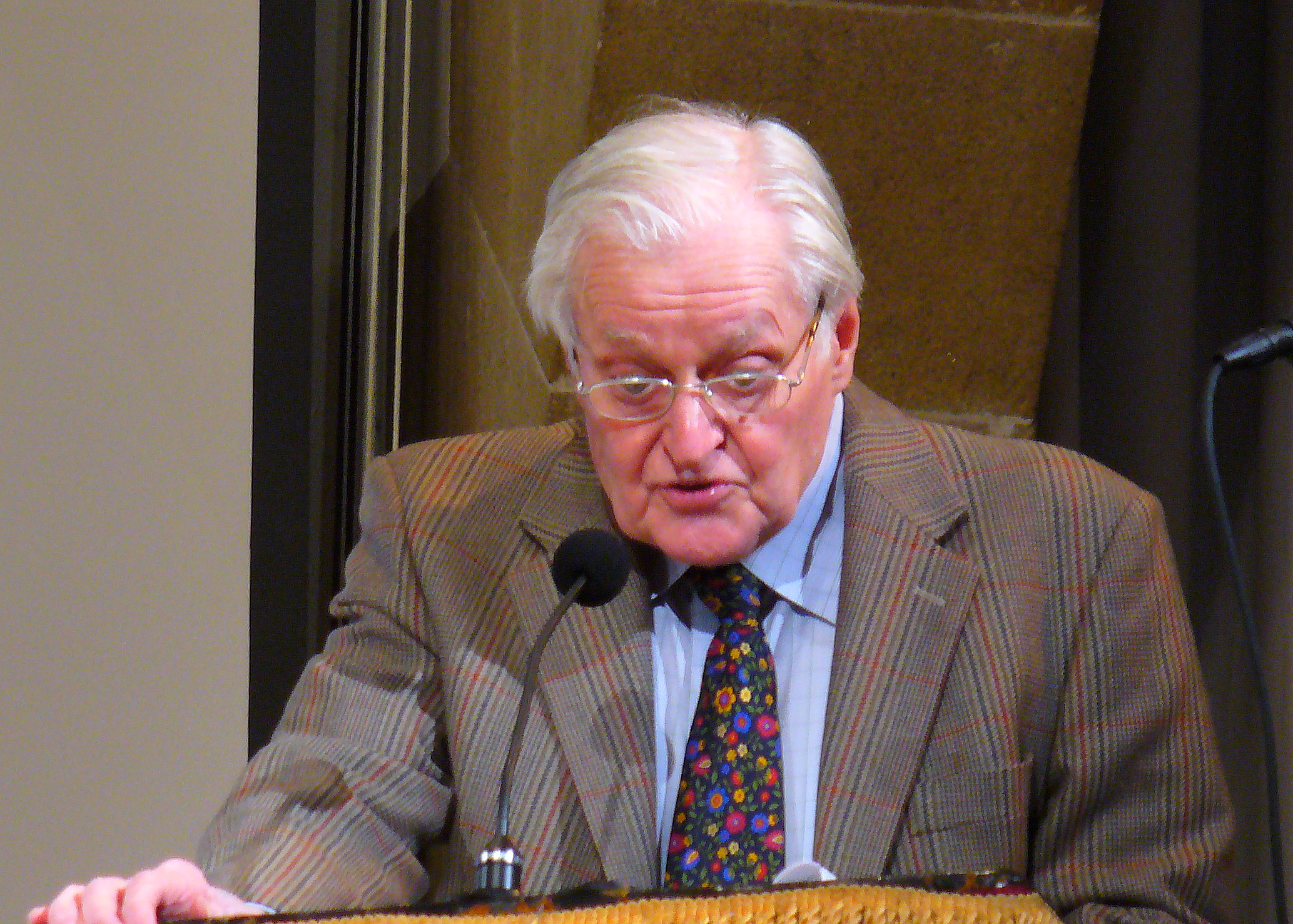CGEE Student Voice
by Jenni Abere
Eureka Recycling's second annual Zero Waste Summit was held Saturday, October 23rd, at St. Paul Neighborhood Network. I had a community outreach internship with Eureka over the summer, so I had spent a lot of time telling people about the Summit and why they should go — but I almost didn't go myself! I bought a ticket the day before the Summit, and I'm very glad I did.
On my way there, I walked past West Rock. West Rock, formerly, RockTenn, is where all the paper in the Twin Cities is recycled. I arrived at the Summit, already thinking about waste, and ready to learn.
The Summit went far beyond just recycling and composting, however; in fact, a common theme was that we can't recycle and compost our way to zero waste. Zero waste — yes, really, not waste whatsoever! — requires us to actually change the way we live and the way we think, change our laws, and change our industries.
However, zero waste is not a new or radical concept. Humans invented the concept of waste. In the natural world, there is no such thing. Everything becomes a resource for something else.
The summit was structured around 15 local and national speakers who would expand our idea of waste by talking about how it relates to their work.
To keep this post a manageable length, I will share one interesting point raised by each speaker.
Bryant Williams, Rebuilding Exchange, Chicago
Bryant said that he doesn’t like the term “waste management” and prefers “materials management.” This language was quickly adopted by the rest of the speakers. It conveys that nothing is actually waste, and stresses the value of the materials that we should find a way to utilize.
Ginny Black, Minnesota Composting Council
Ginny mentioned that one of the biggest barriers to commercial composting is the end-market, or rather lack-thereof. Organic waste and finished compost are both very heavy materials — this can be a barrier to transport. However, it also ensures that composting is a local business.
Thomas Ebert, NE Minneapolis Tool Library
A tool library is just what it sounds like — a place with an annual membership fee ($55 in this case) where you can borrow tools for home and community projects. There is also workshop space and classes offered on carpentry, plumbing, etc. (A St. Paul tool library is opening in 2017!)
Thomas spoke about challenging the conception of what you actually need to own. Does every home need a screwdriver? You probably only need to use it a few times a year, so why not share one with the community? This reduces extraction and waste, and increases access, especially among lower income people.
Melanie Stovall and Craig Johnson, AIGA and Agency F
Melanie and Craig discussed their work in sustainable design. They shared two projects in particular: paperless posters and #StrawsSuck. The paperless posters are essentially screenprinted on glass, which draws more attention to the message while saving paper at the same time. #StrawsSuck was a campaign against the use of straws. Instead of using a paper pledge, they used hand stamps and then encouraged people to share pictures on social media.
This is very creative answer to a traditional pledge, where people may just sign it and walk away. The stamp solution was zero waste, but was also more effective.
Sharonda Williams-Tack, Sierra Club
Sharonda's work with the Sierra Club has specialized in banning toxins, such as BPA. This relates to waste because landfilling and especially incinerating leads to the release of toxins in the environment. Sharonda mentioned that Minnesota is a leader in reducing toxins in the US; however, we are still far behind Canada and Europe.
Timothy DenHerder-Thomas, Cooperative Energy Futures
Timothy started by relating energy to waste (or, materials): energy is how we do stuff with stuff, and we shouldn't think of energy and matter as being separate. He focused his talk on one specific project: Community Solar Gardens.
This is a way to make solar energy more accessible to people, so that you don't need a large sum of money upfront or to own property. All you need is an energy bill. Then, you become a member of the solar garden, the energy produced is sold into the grid (in this case, to Xcel), and the members receive a credit from Xcel.
Janiece Watts, Neighborhoods Organizing for Change
Janiece focused on social justice, a common theme for many of the speakers. She said that zero waste has been an economic necessity and a tool for survival for low income people and people of color. Environmentalism and the zero waste movement must account for class and race, or else we get "solutions" like HERC — burning garbage in poor communities of color to produce minimal amounts of energy, and then labeling it as renewable or even green.
Dianna Kennedy, PlayItSafe Minneapolis
Dianna leads this parent group that campaigns to remove tire mulch and crumb rubber infill from playgrounds and fields. This material is known to include toxins that harm children and the environment. So, why are we using it? Dianna explained that this is one area where concerns about waste have trumped safety. The EPA was concerned about tire stockpiles, so invested in tire mulch and funded playgrounds.
The road to zero waste should not harm anyone, least of all children!
Destiny Watford (Free Your Voice) and Greg Sawtell (United Workers)
Destiny was the star speaker of the night. As a high school student in Baltimore, she led a fight to stop the construction of what would have been the nation's largest waste incinerator — less than a mile from her high school. After four years, Destiny and the community were successful.
Destiny and Greg both addressed the question of: what comes next? As Destiny said, it's not just about what the land shouldn't be, but what the land should be. Greg framed it as a power issue. This community has been held hostage by development, and become a dumping ground. He sees community land trusts as a potential solution, where the community collectively owns land and is able to build affordable housing, and other valuable developments.
Allyson Green and Marisa Benasutti, Campus Kitchen Augsburg
Campus kitchen is a program that brings campus and community together over food, through education, food recovery, community gardens, and an on-campus farmer's market. Allyson and Marisa spoke about the importance of considering culture in relation to food, especially with Augsburg's location in the Cedar Riverside neighborhood in Minneapolis.
Cliff Martin, Northfield Community Composting
Cliff was the only speaker representing rural communities, and he discussed how rural poor are also affected by waste: usually landfills instead of incinerators. He is starting curbside composting pick-up in spring 2017 in Northfield.
His company is a worker-owned co-op that democratizes ownership. Like previous speakers, he said that the working class practices environmentalism everyday, even though it is usually associated with upper middle class white people.
Erin Lavelle, Northern Spark
Erin, the final speaker, asked the question: is art wasteful? Particularly, art created for Northern Spark, the all-night art festival in the Twin Cities. Is is wasteful to create art for one night? The answer seems to be, yes.
At the previous Northern Spark, the theme was "Climate Chaos." With this environmental theme, it was fitting to challenge artists to curb waste. Erin encouraged the artists to use salvaged materials, or materials that could be reused after the art was taken down and disassembled.


 CGEE Student Voice
CGEE Student Voice
























